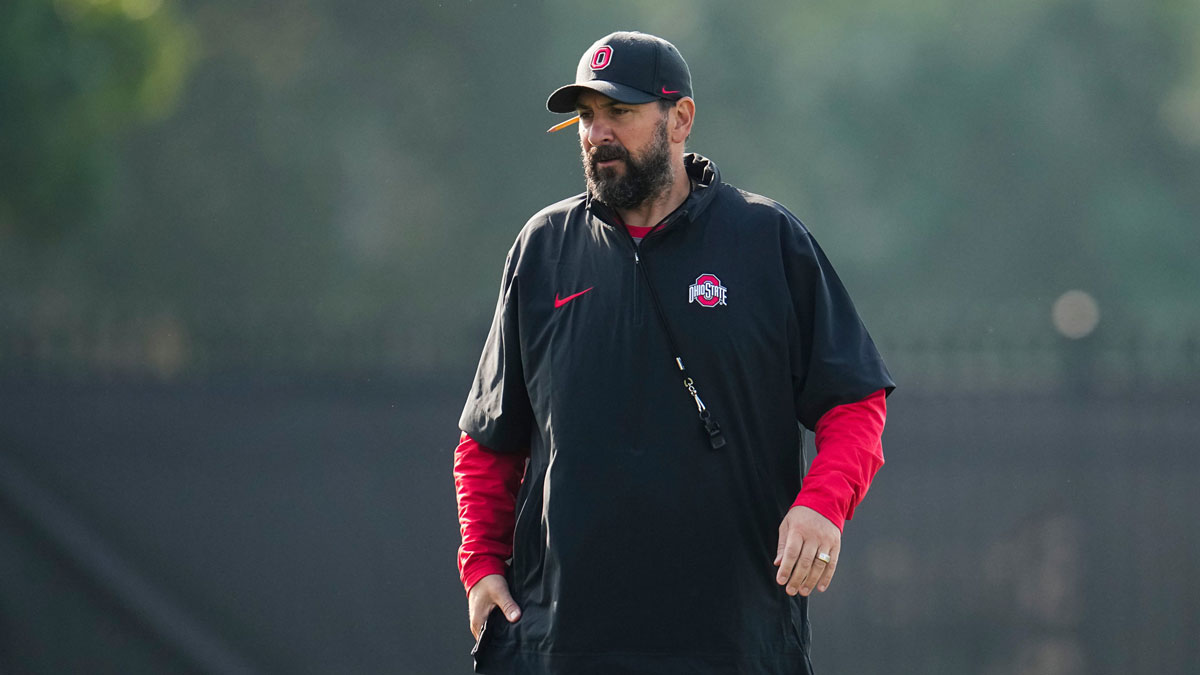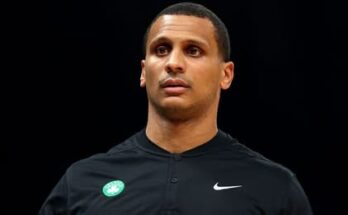Ohio State Football Defensive Coordinator Matt Patricia Reflects on Lessons Learned Transitioning to College Football
When Matt Patricia was named Ohio State’s defensive coordinator, it marked a significant step in his coaching career—a transition from the professional ranks of the NFL to one of college football’s most prestigious programs. Known for his NFL success and defensive acumen, Patricia’s move into the collegiate arena has been closely watched by fans, analysts, and coaches alike. Throughout this transition, Patricia has faced unique challenges and opportunities, learning invaluable lessons that have shaped his approach to coaching and defense at Ohio State.
Matt Patricia’s coaching pedigree is well-established. With years of experience in the NFL, including notable stints as a defensive coordinator and head coach, Patricia brought a wealth of knowledge to Ohio State. His reputation for meticulous preparation, innovative schemes, and disciplined defense preceded him, raising expectations for the Buckeyes’ defense under his guidance. However, adapting from the professional level to college football demanded a recalibration of strategies, communication, and player development.
One of the first lessons Patricia embraced was the difference in player dynamics. Unlike the NFL, where athletes are seasoned professionals with years of experience, college players are still developing their skills, knowledge, and maturity. This requires a different coaching style—one that balances instruction, motivation, and mentorship. Patricia has spoken about the importance of building relationships and understanding the individual needs of student-athletes, fostering an environment conducive to growth both on and off the field.
Another key learning point has been the pace and nature of college football recruiting. Unlike the NFL, where team composition is controlled through drafts and free agency, college coaches must actively recruit and develop talent from high school. Patricia quickly recognized the critical role recruiting plays in building a successful defense and has worked closely with Ohio State’s recruiting staff to identify players who fit his defensive philosophy. This aspect of college coaching has expanded Patricia’s perspective on building a program beyond just game-day tactics.
Schematically, Patricia found that college offenses differ significantly from those in the NFL. College teams often employ a wider variety of offensive sets, with younger, more unpredictable quarterbacks and faster tempo offenses. This diversity requires defensive adjustments and versatility. Patricia has adapted by incorporating more flexible schemes, emphasizing speed and athleticism, and preparing his players to react swiftly to varied offensive strategies. This adaptability has become a hallmark of Ohio State’s defense under his tenure.
Communication is another area where Patricia’s transition has brought insights. In college football, effective communication extends beyond the defensive calls on the field. It involves educating players on complex concepts, ensuring understanding across a broader range of experience levels, and maintaining consistent motivation. Patricia has invested time in developing his communication skills to connect with players from diverse backgrounds and experience levels, fostering a team culture centered on trust and accountability.
Patricia also highlighted the importance of balancing academic responsibilities with athletic commitments. College athletes face the dual pressures of performing in the classroom and on the field. Ohio State’s emphasis on academic success aligns with Patricia’s holistic approach to coaching, where developing well-rounded student-athletes is paramount. This perspective shapes practice schedules, expectations, and support systems within the program.
The transition has also allowed Patricia to draw on his NFL experience in unique ways. His knowledge of advanced defensive tactics and player evaluation has benefited Ohio State’s defensive players, many of whom aspire to reach the professional level. Patricia’s ability to prepare players for the next stage of their careers enhances the program’s appeal and effectiveness. This bridge between college and pro football enriches the player development process and motivates athletes to elevate their performance.
Challenges have not been absent in Patricia’s journey. The shift in recruiting cycles, NCAA regulations, and the broader college football environment required adjustment. Additionally, the pressure of leading a defense at a top-tier program like Ohio State entails high expectations and intense scrutiny. Patricia’s openness to learning and collaboration with his coaching staff has been critical in navigating these challenges successfully.
Under Patricia’s leadership, Ohio State’s defense has shown marked improvement in several key areas. The team’s ability to generate pressure on opposing quarterbacks, force turnovers, and execute complex coverage schemes reflects his influence. His focus on fundamentals and discipline has helped reduce costly penalties and mistakes, contributing to the Buckeyes’ competitive edge.
Players coached by Patricia have praised his attention to detail and commitment to their growth. Many highlight how his NFL experience brings credibility and insight that elevate their understanding of the game. His approachable demeanor and willingness to invest time in player development have fostered strong relationships, enhancing team cohesion and performance.
Patricia’s transition story also underscores broader themes within college football coaching. The increasing movement of coaches between the NFL and college ranks reflects a blending of strategies and philosophies that benefits both levels. Coaches like Patricia bring professional rigor and innovation, while adapting to the developmental focus of college football. This cross-pollination enriches the sport and raises competitive standards.
Looking ahead, Patricia’s lessons learned from this transition will continue to influence Ohio State’s defensive strategies and program culture. His evolving approach balances the demands of college football with his professional expertise, aiming to create a defense capable of dominating opponents while developing players for future success.
In conclusion, Matt Patricia’s move to Ohio State’s defensive coordinator role represents more than a career shift—it is a journey of adaptation, growth, and learning. His experience highlights the unique challenges of college football coaching and the opportunities to shape young athletes’ careers and lives. As Ohio State’s defense continues to evolve under his guidance, Patricia’s blend of NFL knowledge and college football insight promises to be a defining factor in the Buckeyes’ quest for excellence.



